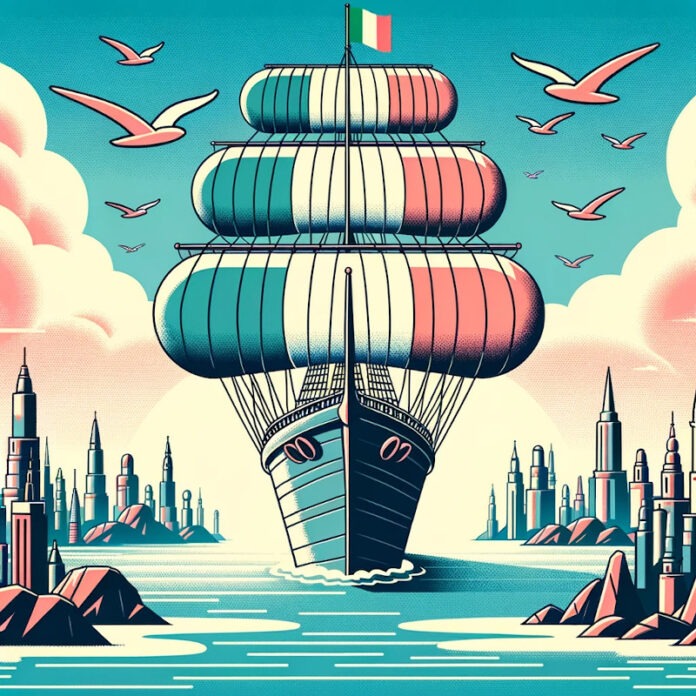Our pharmaceutical industry closed 2022 with an absolute record of exports, so much so that the first 10 months of the year marked a foreign surplus of 6.7 billion euro.
Production is also on the rise, with numbers that also bode well for the current year.
Critical issues
In spite of the optimistic scenario, Farmindustria has quashed any easy enthusiasm, pointing out that the sector is burdened with critical issues that could keep foreign investors away. The constraints imposed by the regulatory framework and the increase in prices linked to inflation levels, the energy crisis and the shortage of raw materials risk reducing the attractiveness of our market to the advantage of countries characterized by a more streamlined regulatory framework and greater resources.
The development of emerging economies such as those once grouped under the BRICS acronym (Brazil, Russia, India, China and South Africa) – and today, for the well-known reasons, impoverished of two elements – is shifting the centre of gravity of economic, production and research activities out of Europe.The frontal reversals dictated by the Russian-Ukrainian conflict have interrupted trade with Russia, which until then had tickled the curiosity of many producers. While sanctions have spared pharmaceutical products, political tensions have nevertheless hampered contacts in the environment. It is also difficult to frame international and industrial relations with China, due to ambiguous relations with Russia and the still critical Covid situation.
New frontiers
This context is prompting industry players to reflect on the opportunity to explore new markets by opening new offices in emerging countries. Pharmaceuticals, after all, is one of the areas in which Italy is recognised as being more competitive and solid internationally. A factor, this, that has been expressed in the speed of growth of our exports, which in recent years have increased in value faster than the European average.
In the first half of 2022, more than 50 per cent of the sector’s foreign turnover was realized within the European Union market (with Belgium, Germany and the Netherlands as the main destinations), 16 per cent to other European countries (Switzerland and the United Kingdom mainly), 15 per cent to North America and 11 per cent to Asian markets.
In addition to the already known and experienced destinations, such as the United States, a particularly important hub is the lesser-used Asian economies. As far as Asia is concerned, a free trade agreement between the EU and Vietnam entered into force in 2020, which entails the elimination of 65% of duties on EU exports to the Asian country (the remaining portion will be phased out over the next decade).
This agreement offers interesting opportunities for Italian companies, as Vietnam is one of the most relevant markets in the region. Analyses produced in 2021 and 2022 by Sace – Special Section for Export Credit Insurance and a point of reference for Italian companies committed to internationalization – also turn the spotlight on the Arab Emirates and Saudi Arabia (in the Middle East) and Mexico and Colombia (in Latin America). The political knots relating to the Middle East issue that exploded during the recent World Cup and have been latent for some time remain to be unraveled.
Interview with Adriano Pietrosanto
One of the sectors affected by this development is that of equivalent medicines. To outline the current situation of generic companies, we interviewed Adriano Pietrosanto, director of technical and scientific affairs at Egualia.

The presence of emerging markets with interesting opportunities is pushing many pharmaceutical companies to expand their range of action in the international field: which countries are most affected by this phenomenon?
The main trade exchanges are maintained by Italy with European Union member countries, which account for more than half of our exports and imports, while the United States is the main non-EU trading partner. The strong internationalization of the Italian pharmaceutical industry is evidenced by the high presence of foreign capitalized companies: specifically, ours is among the largest European countries for the presence of US and German capitalized pharmaceutical companies, which refer to the United States and Germany as the main destination markets for foreign sales in the sector.
Egualia represents over 60 pharmaceutical companies: have any of your members experienced internationalization?
Within Egualia, multinational companies and Italian companies located throughout Italy that produce both for the domestic and foreign markets are represented, as well as companies engaged in contract manufacturing of pharmaceuticals for the entire pharmaceutical industry, for a total of 10,000 employees and almost 40 production sites. Internationalization is obviously addressed by multinational companies, but also by SMEs that market or produce medicines for the foreign market, both in Europe and in non-EU countries.
Can regulatory aspects be an obstacle to business expansion across borders?
No. Paradoxically, regulatory aspects can be more of an obstacle to business at home than abroad, due to the stringent bureaucratic constraints that often slow down the approval processes in the pharmaceutical field and more generally in the field of industrial production. Some of these constraints, both in the production and authorization spheres, do not exist in foreign countries, in many cases favouring exports and trade relations.


